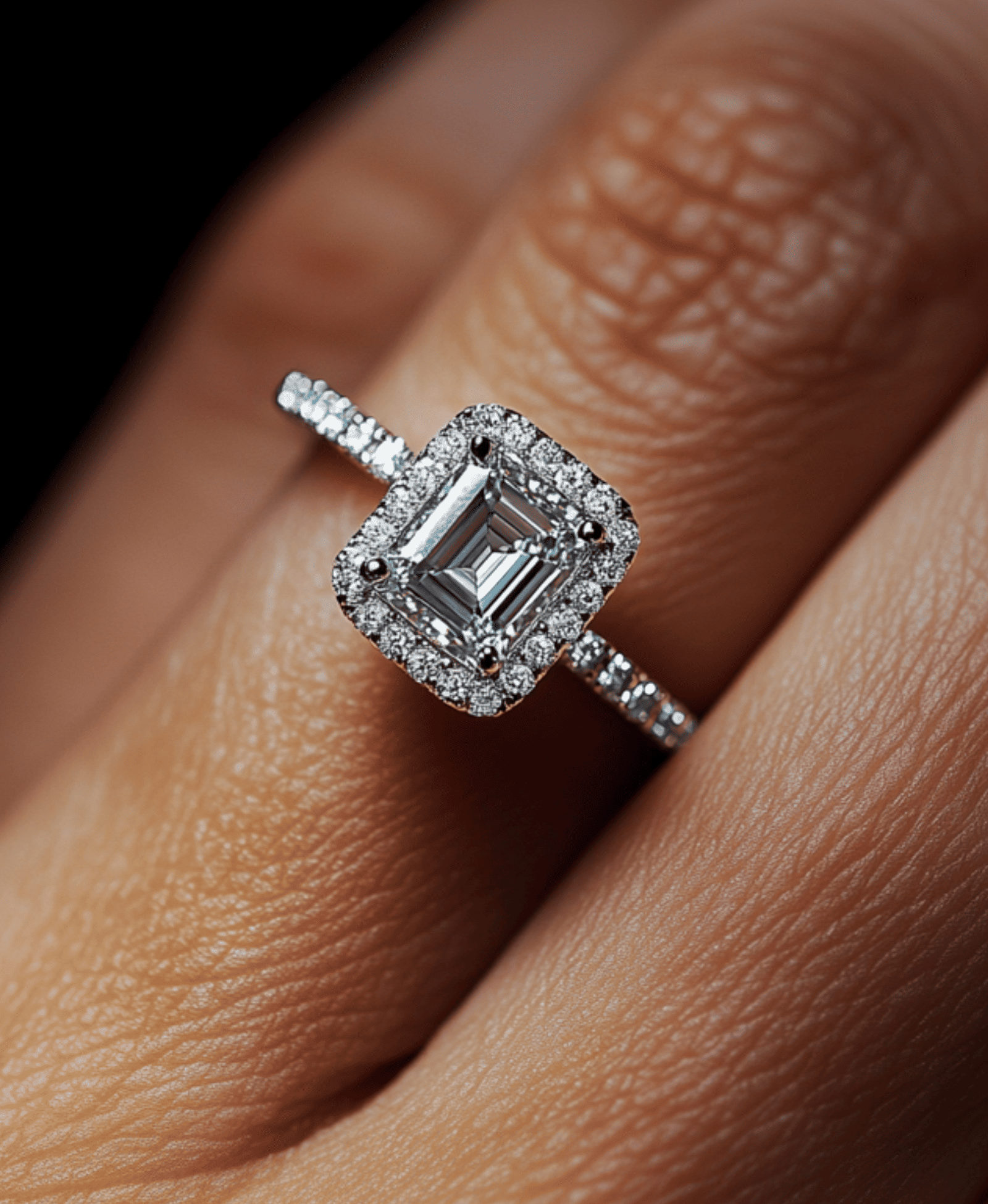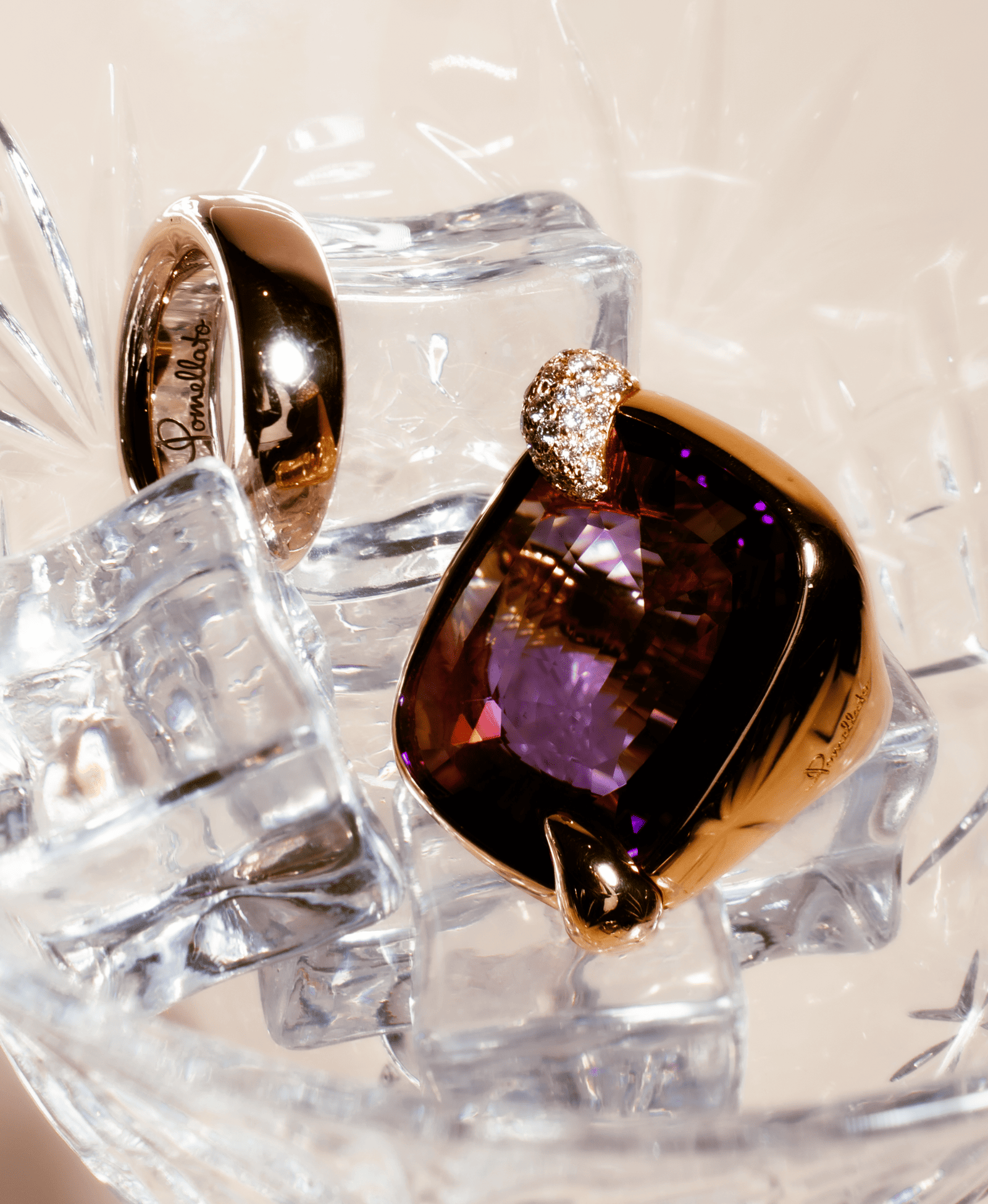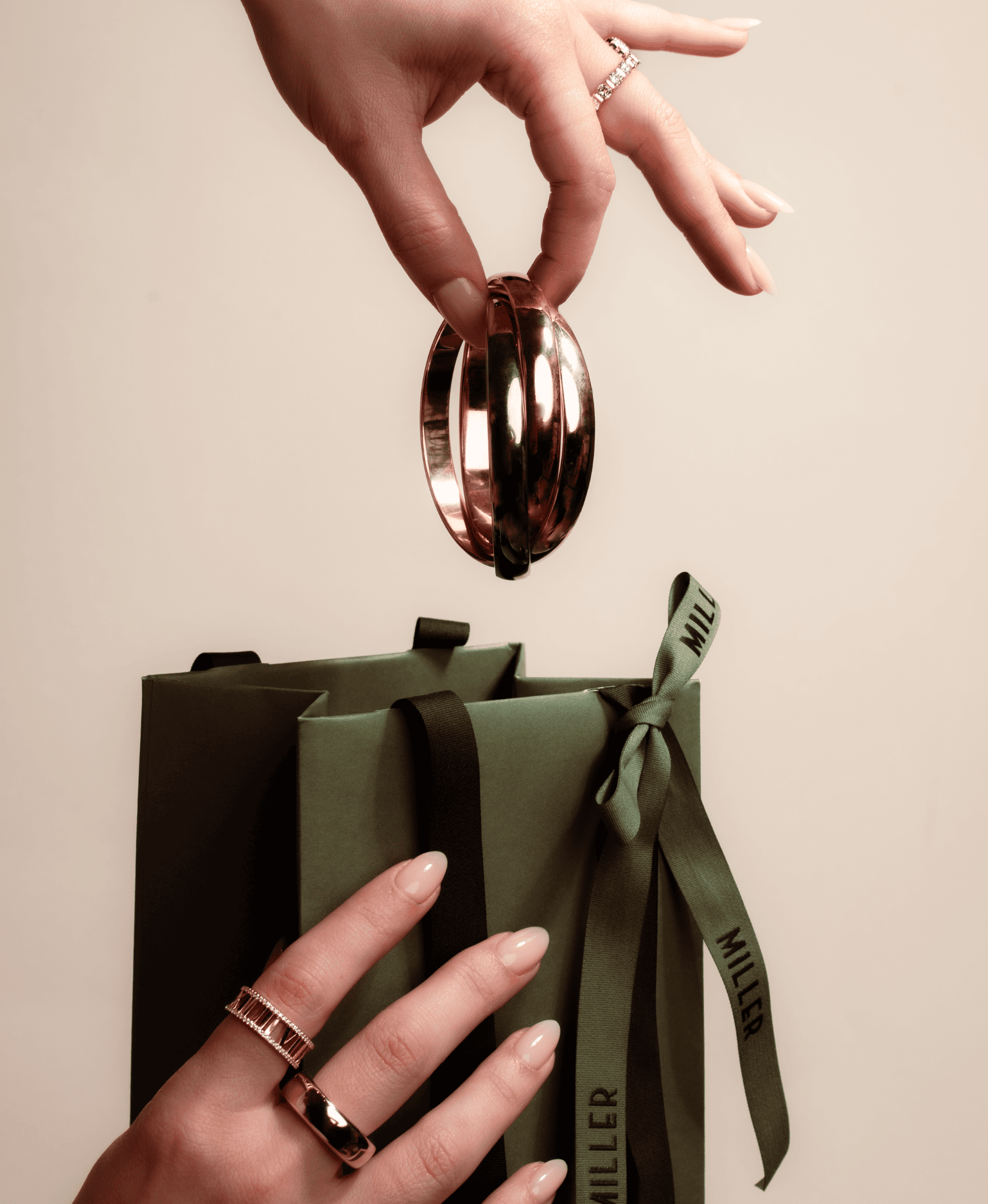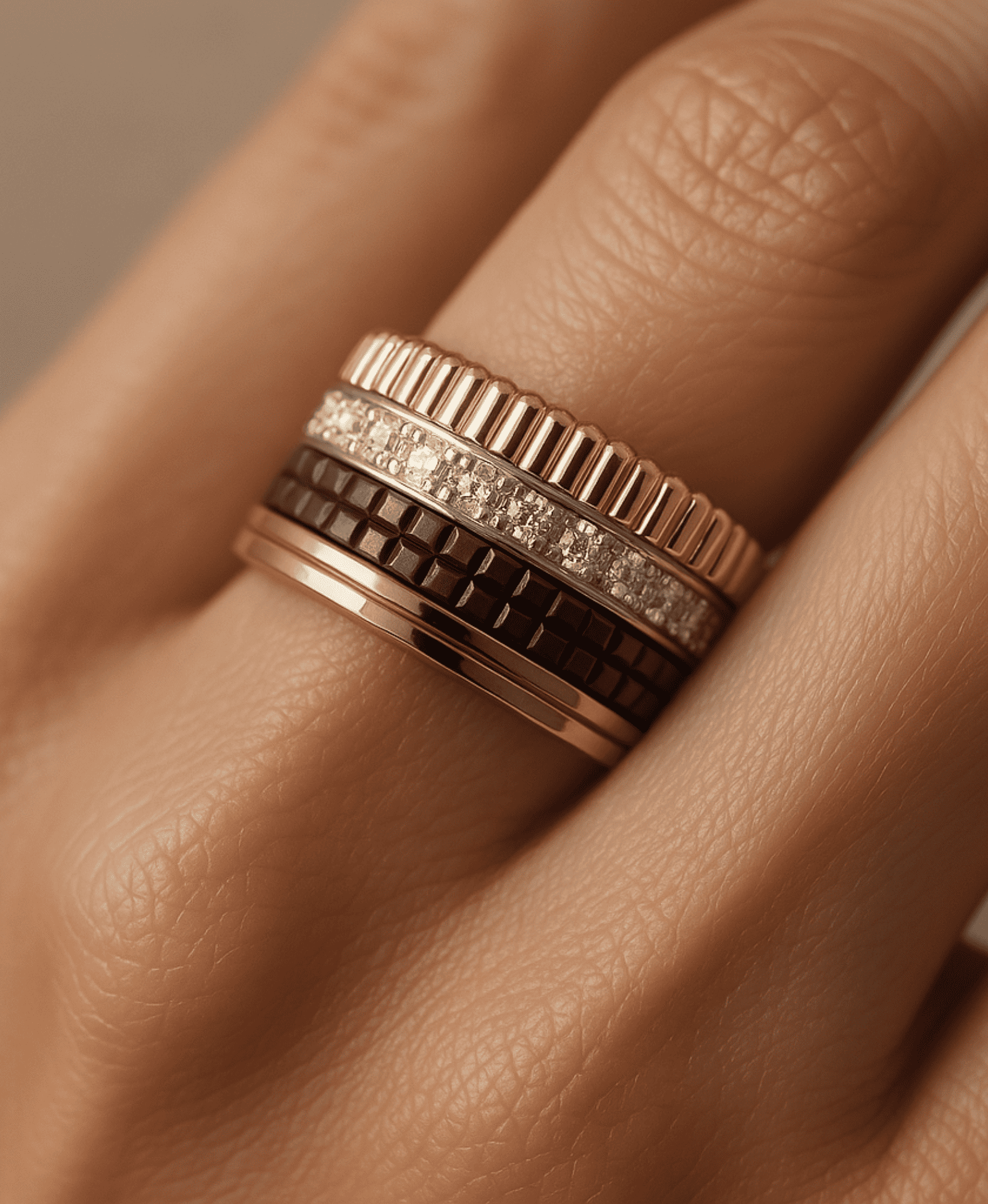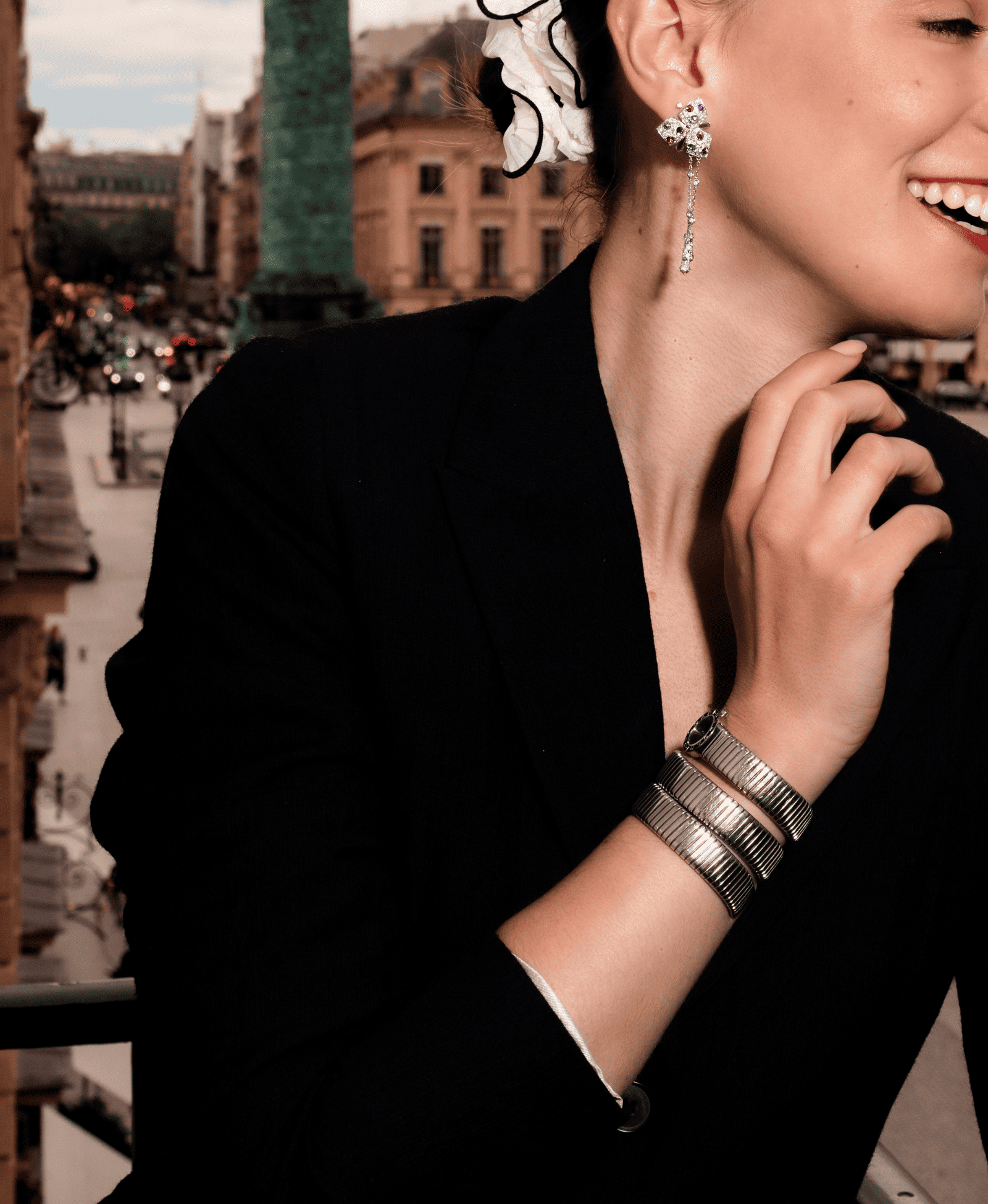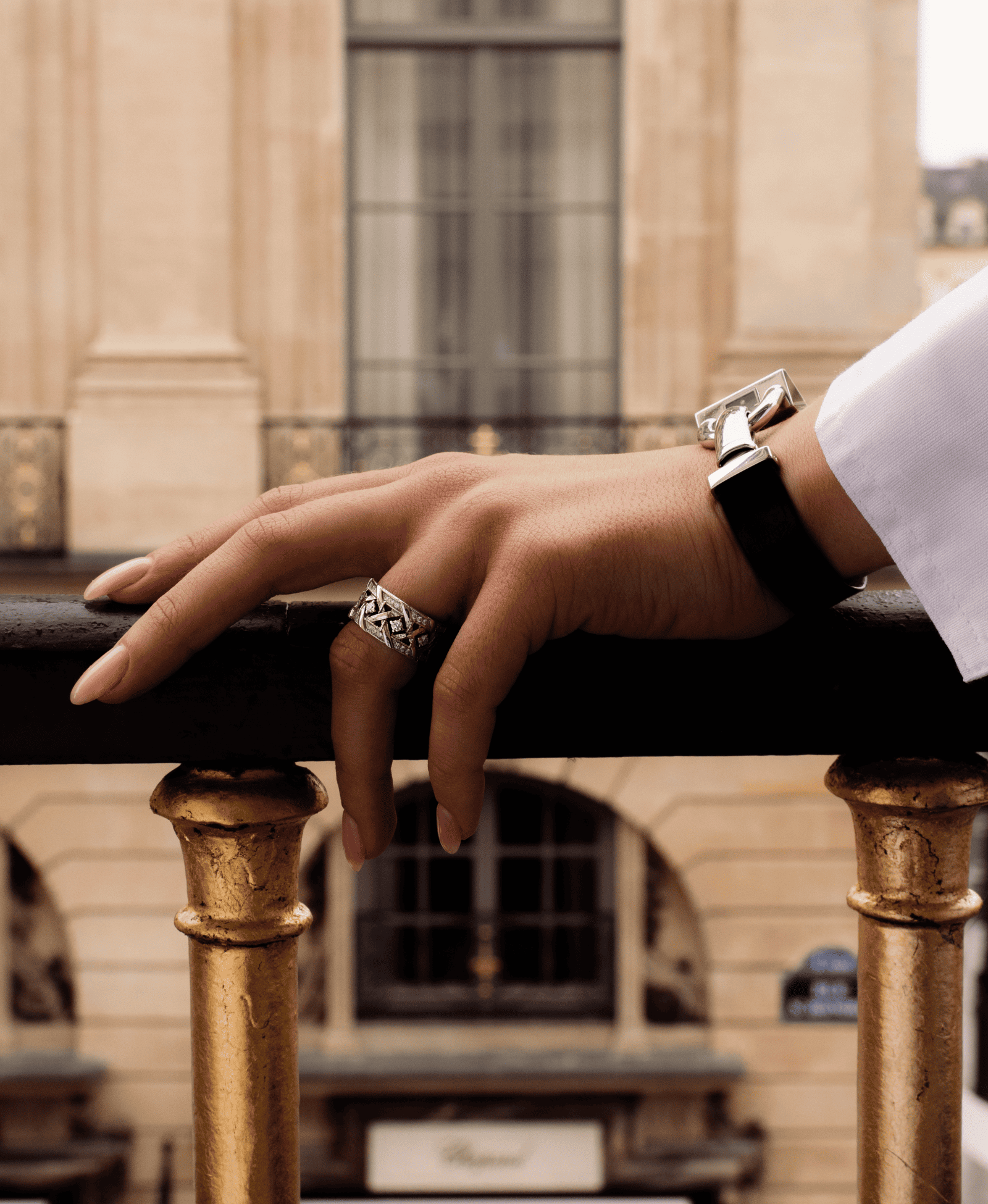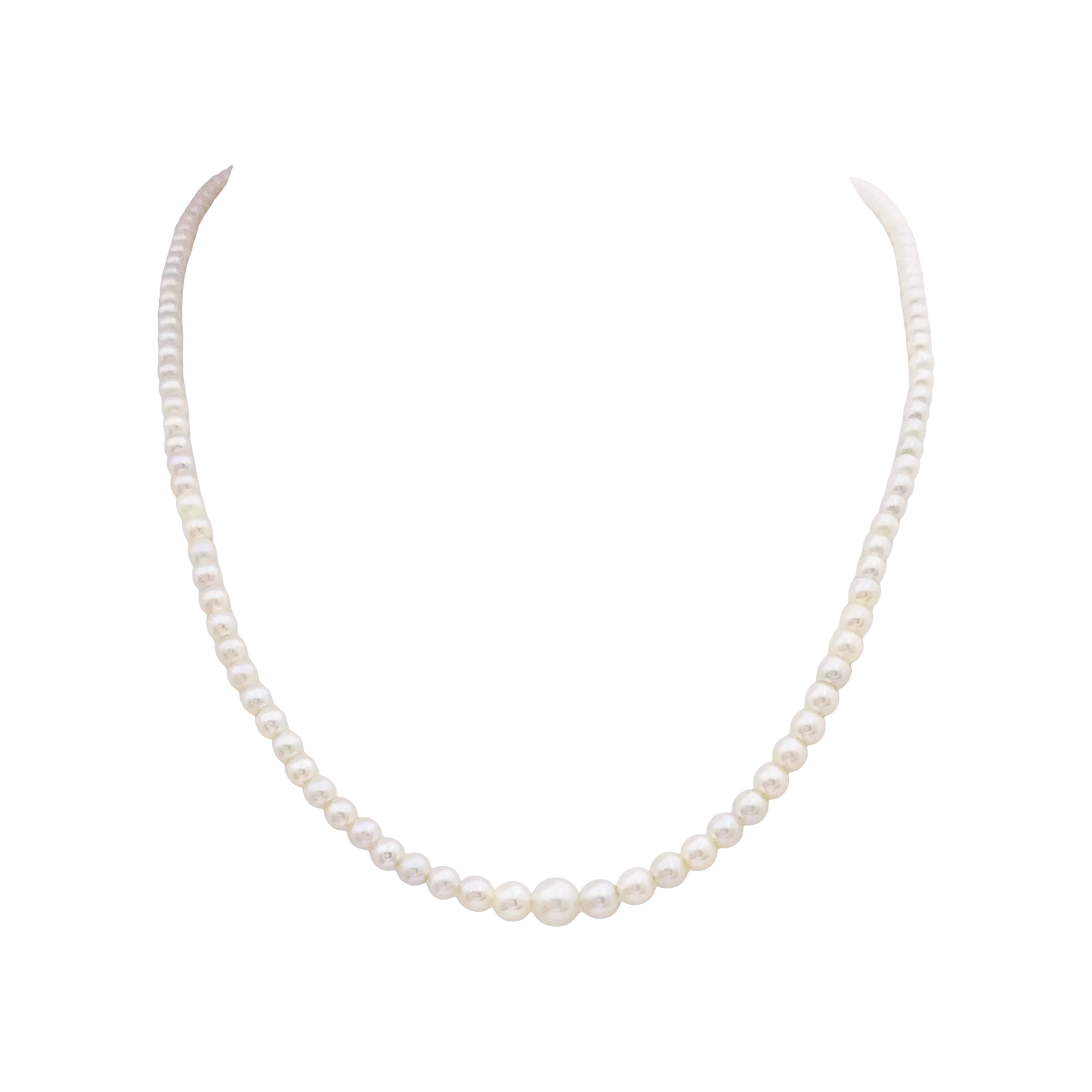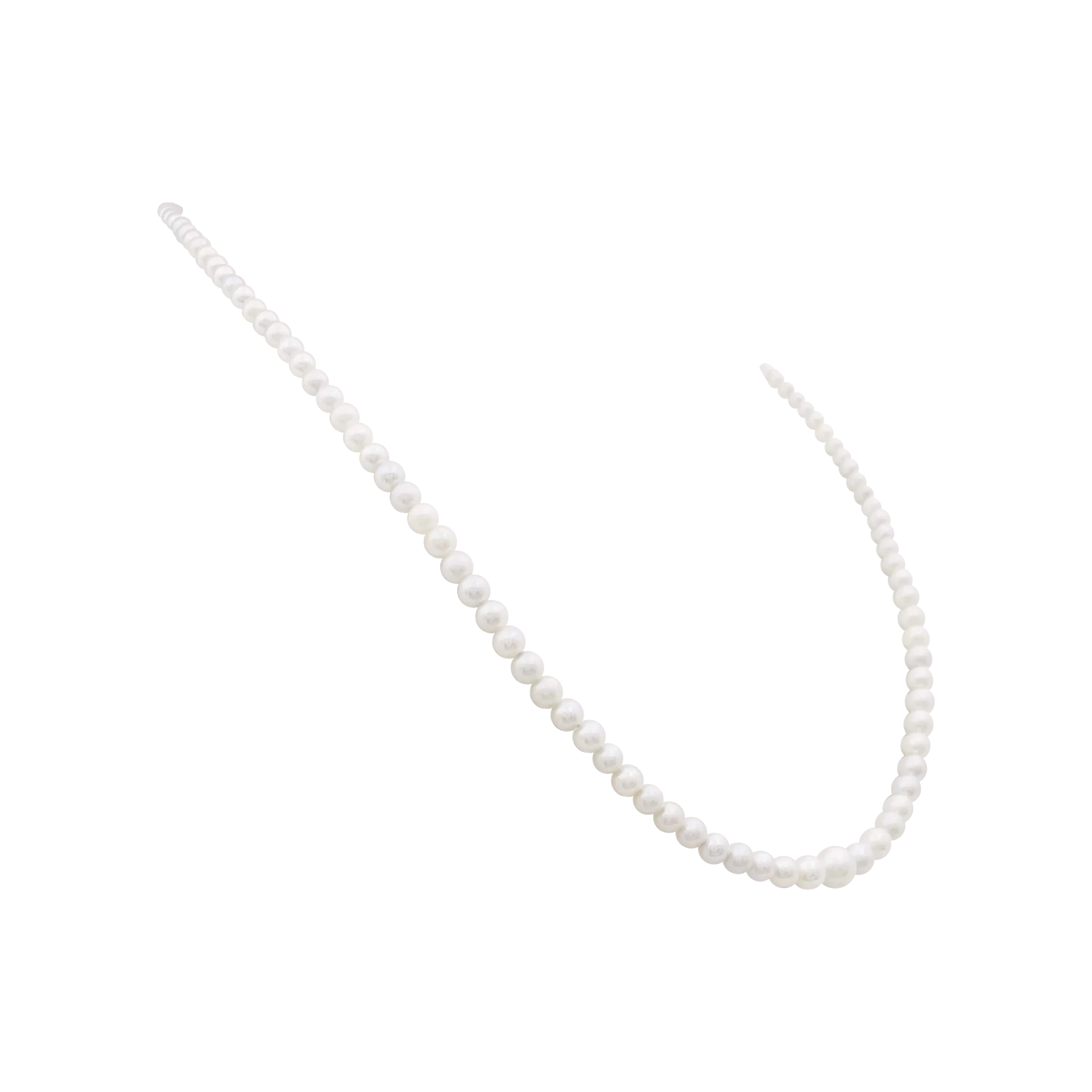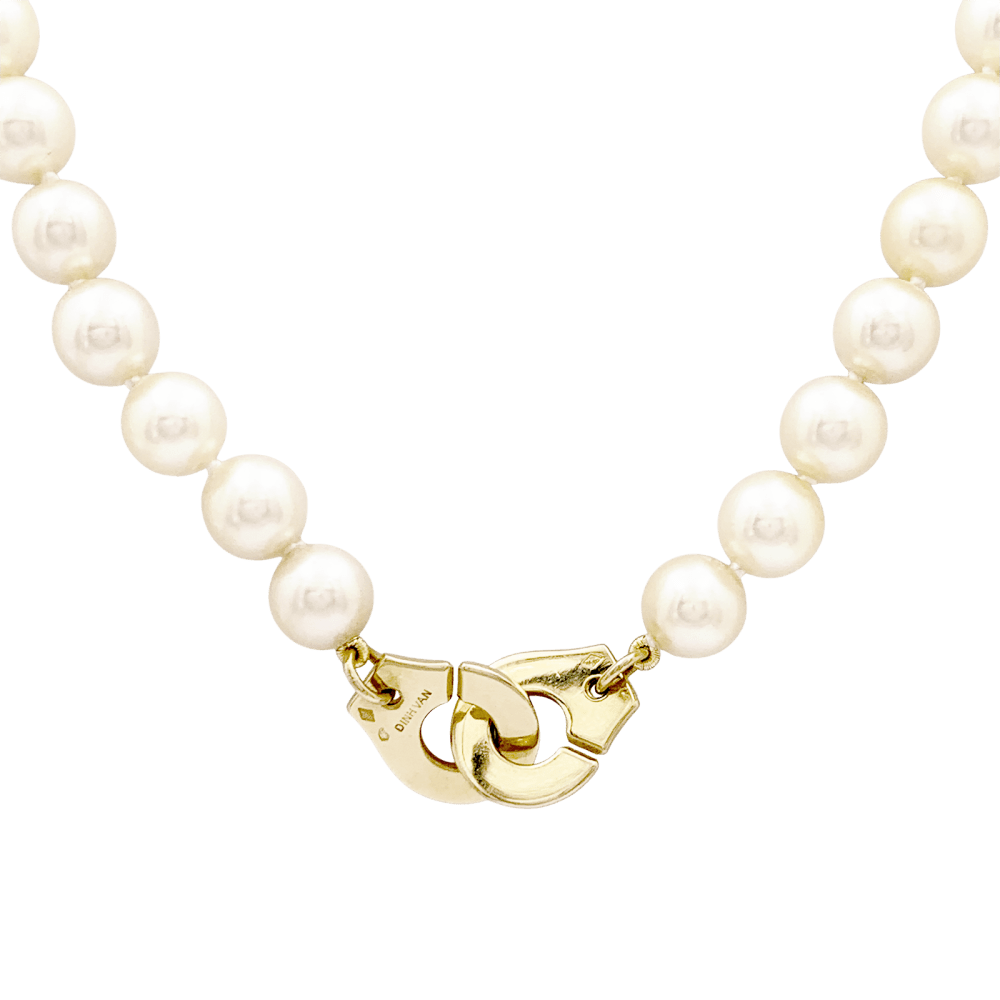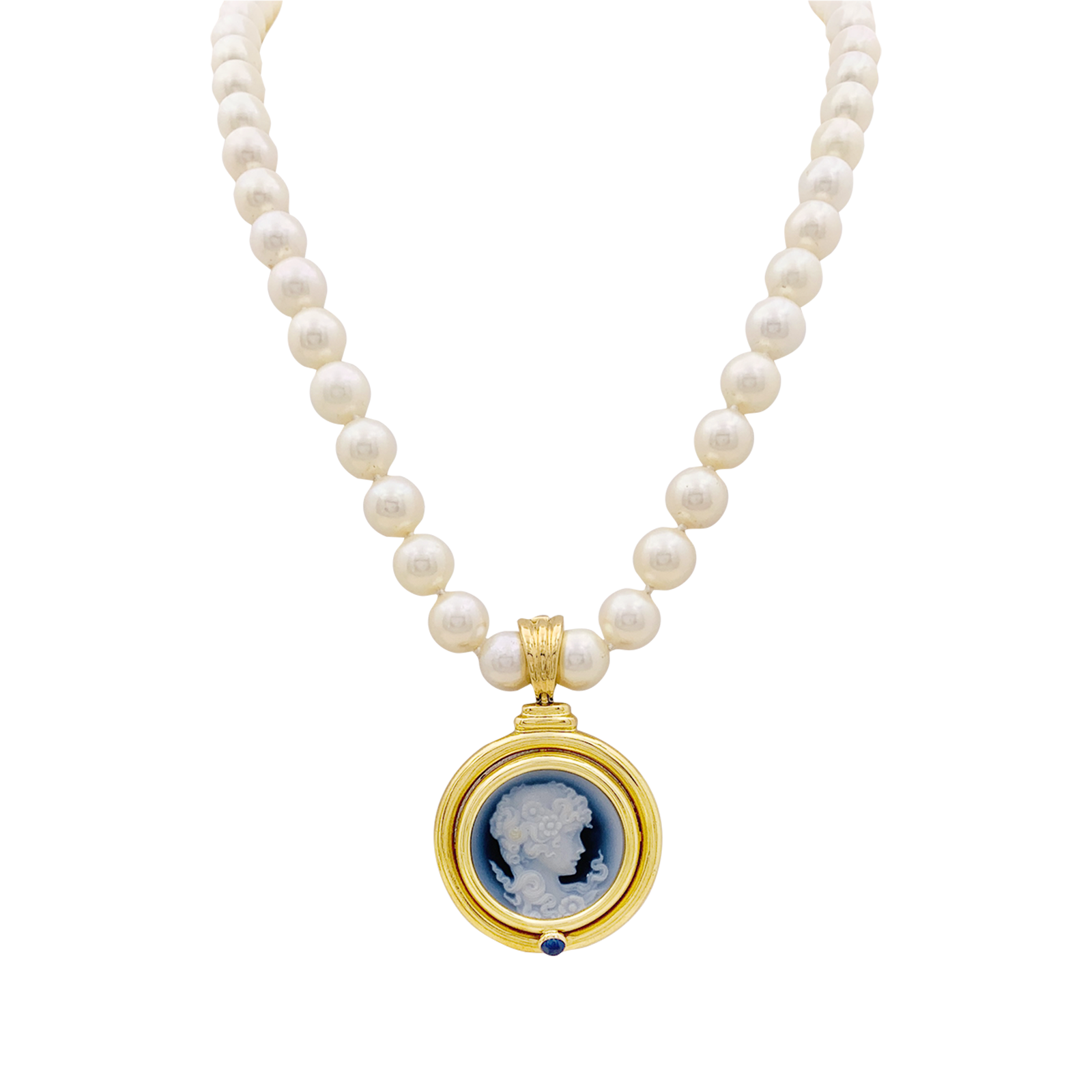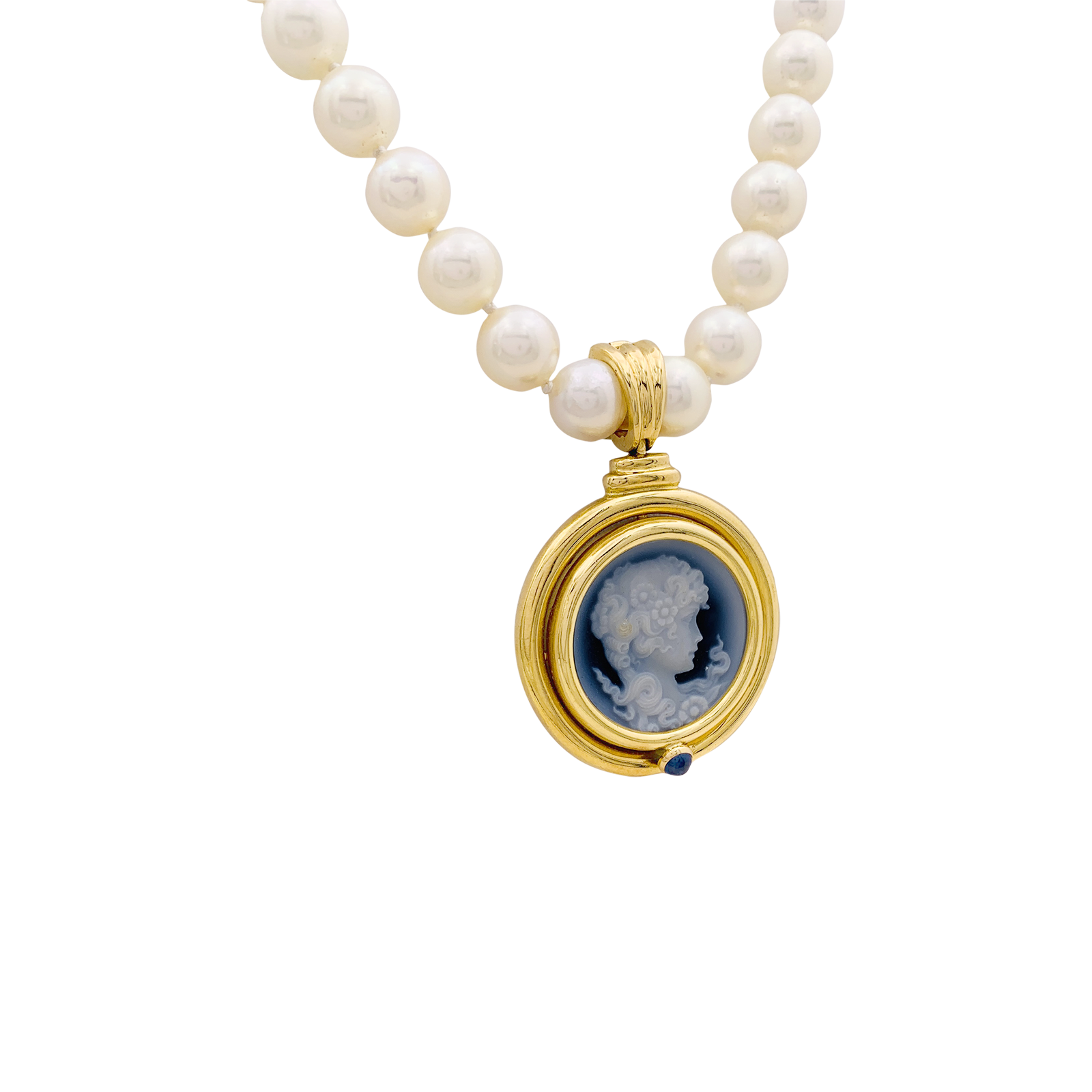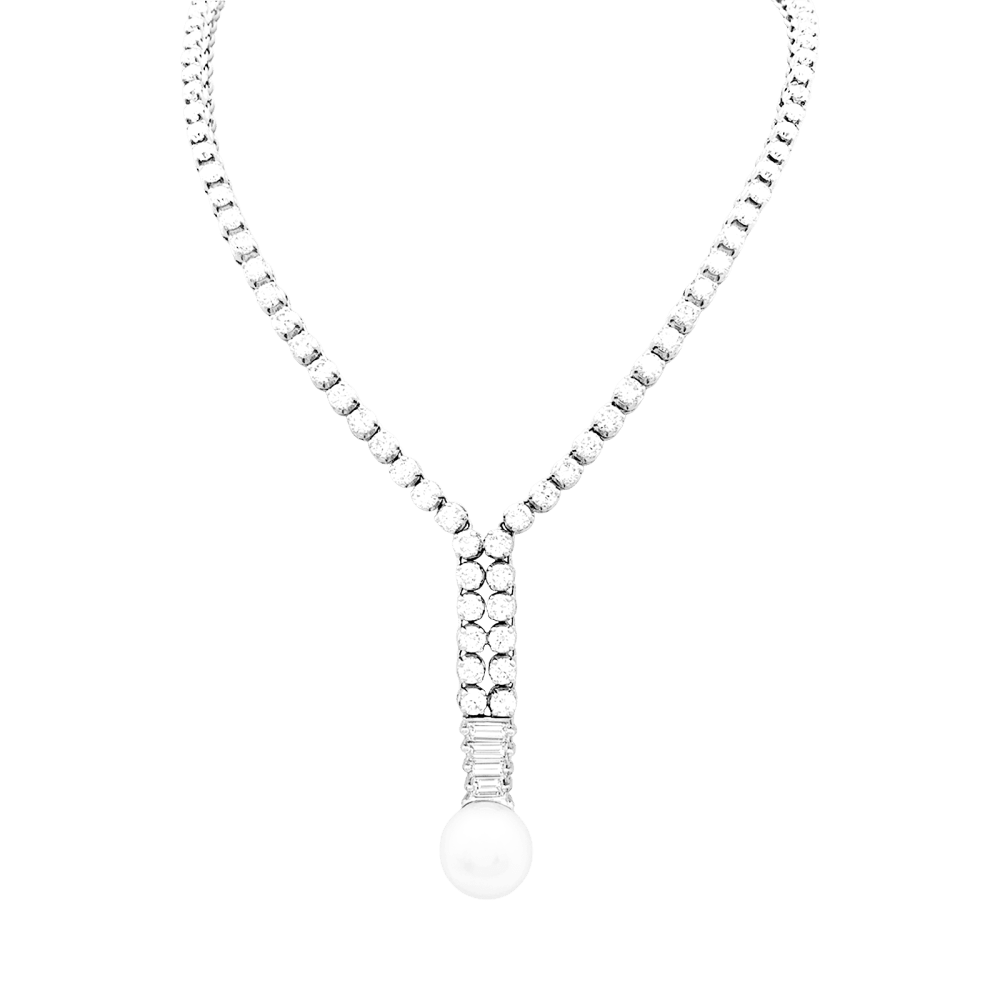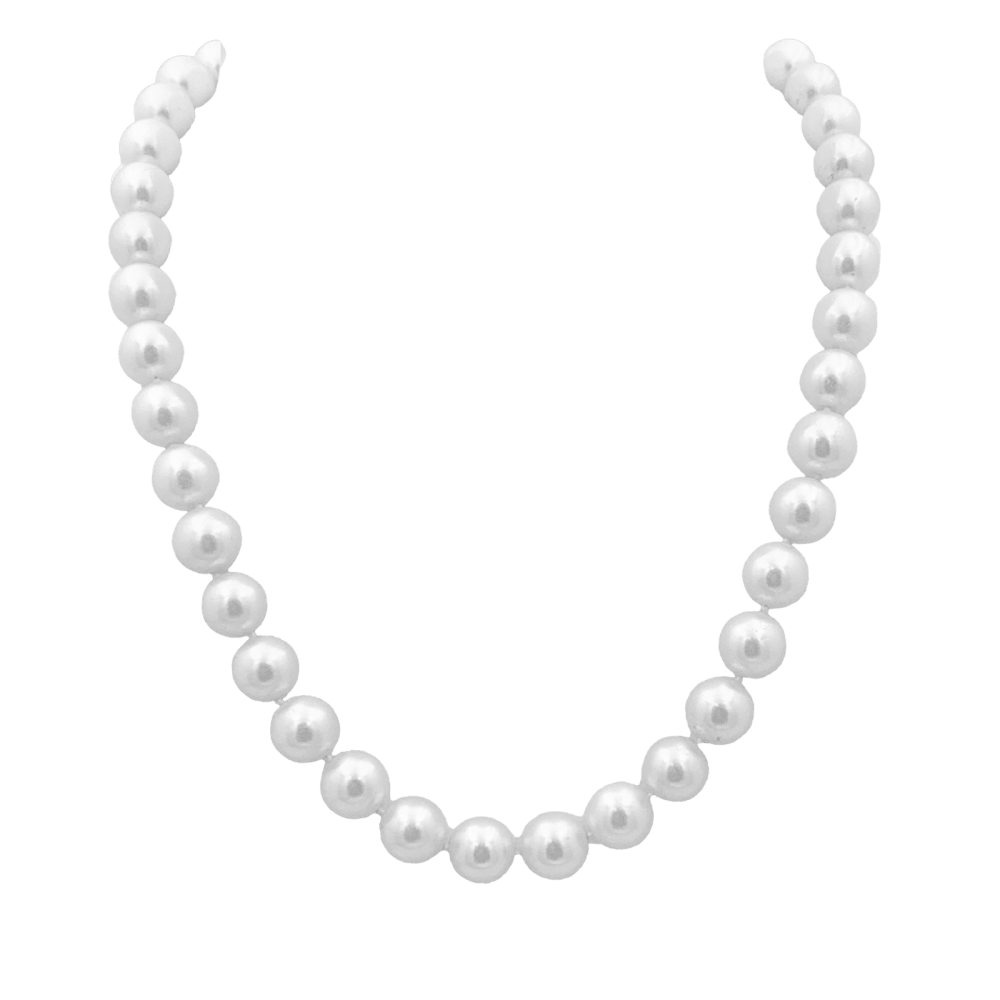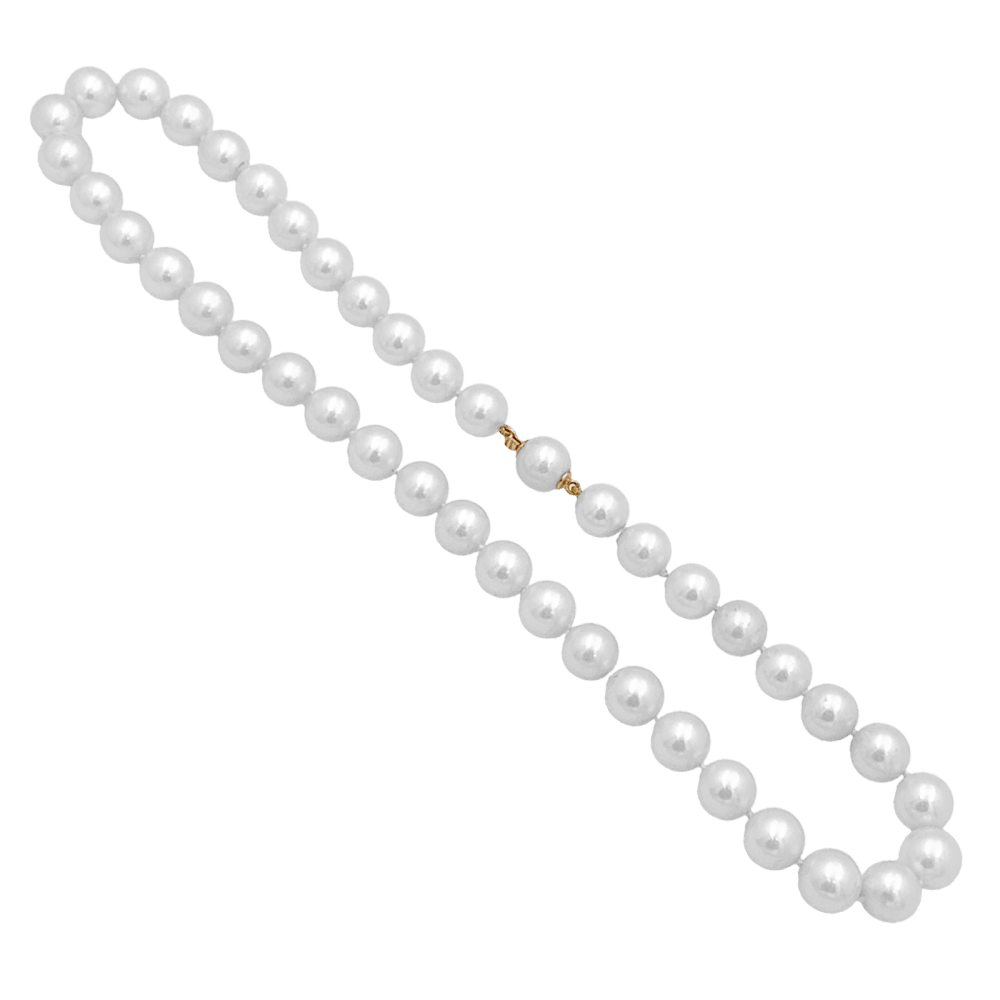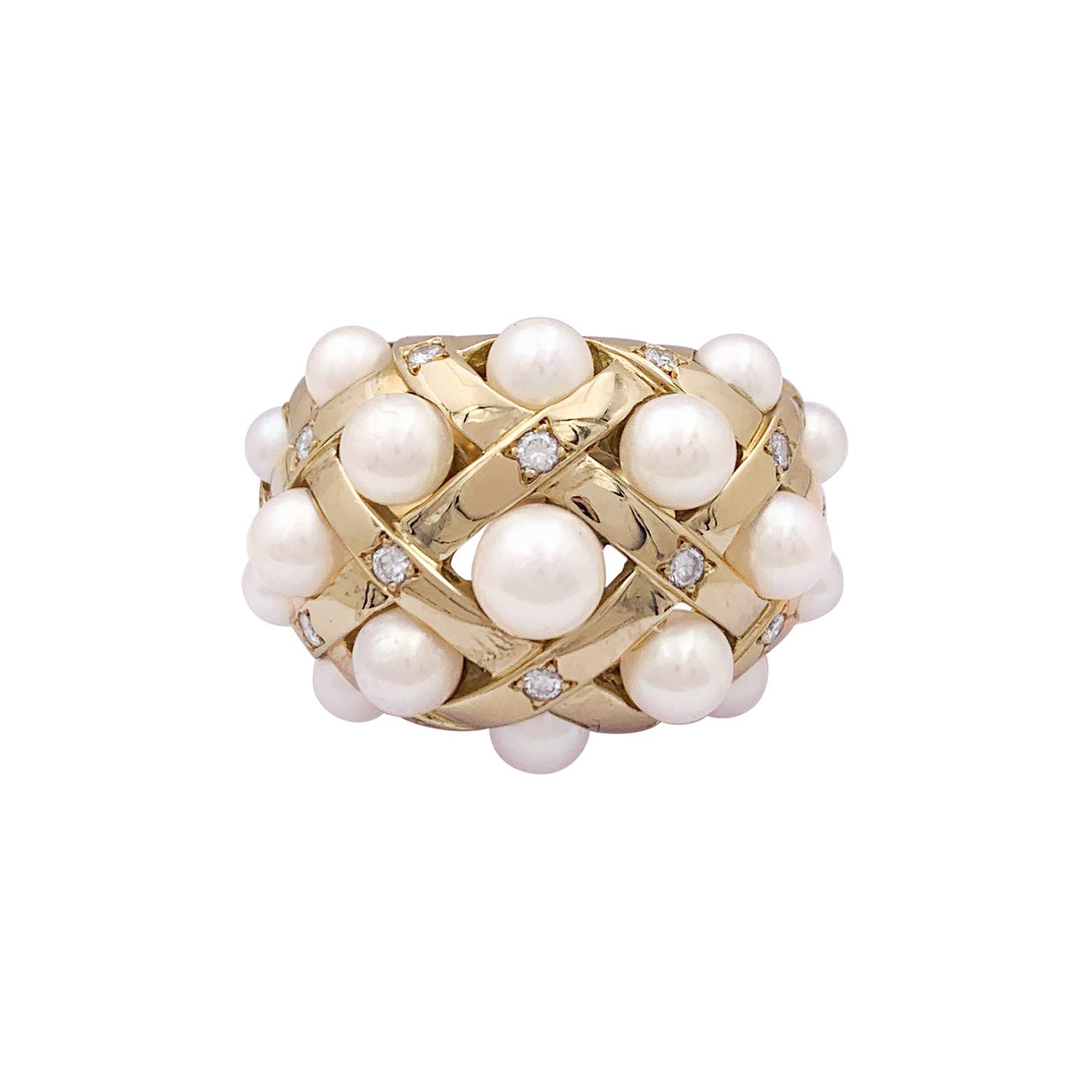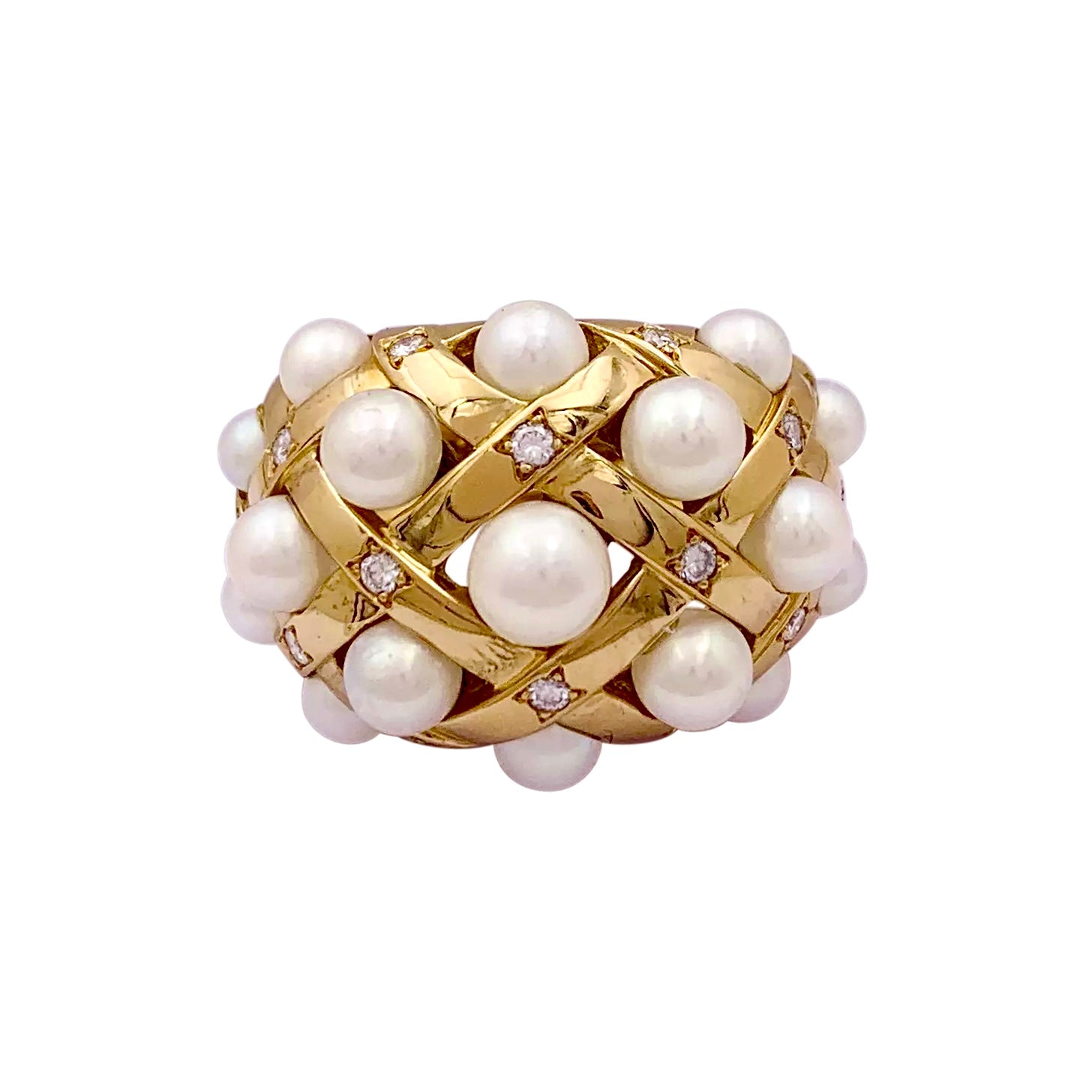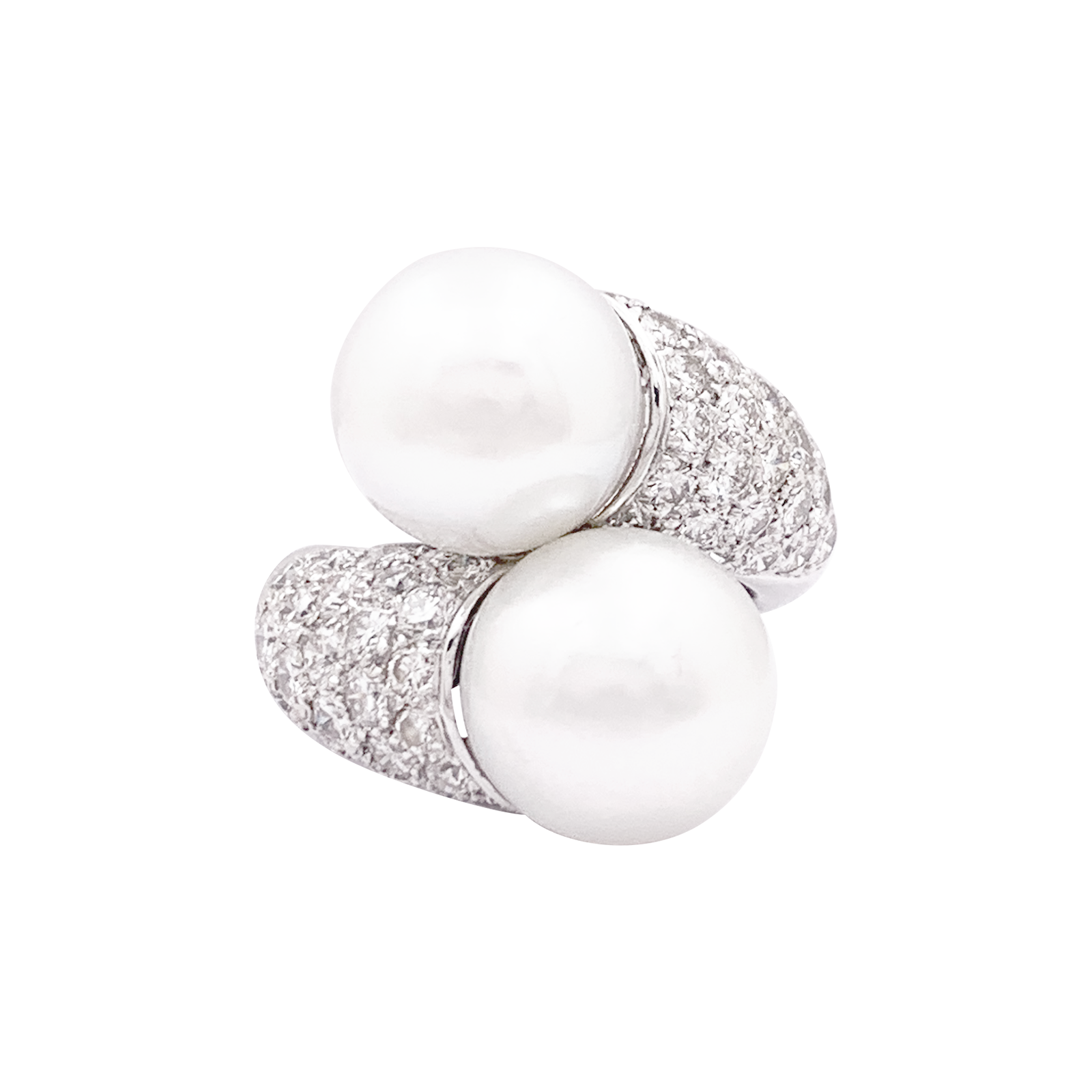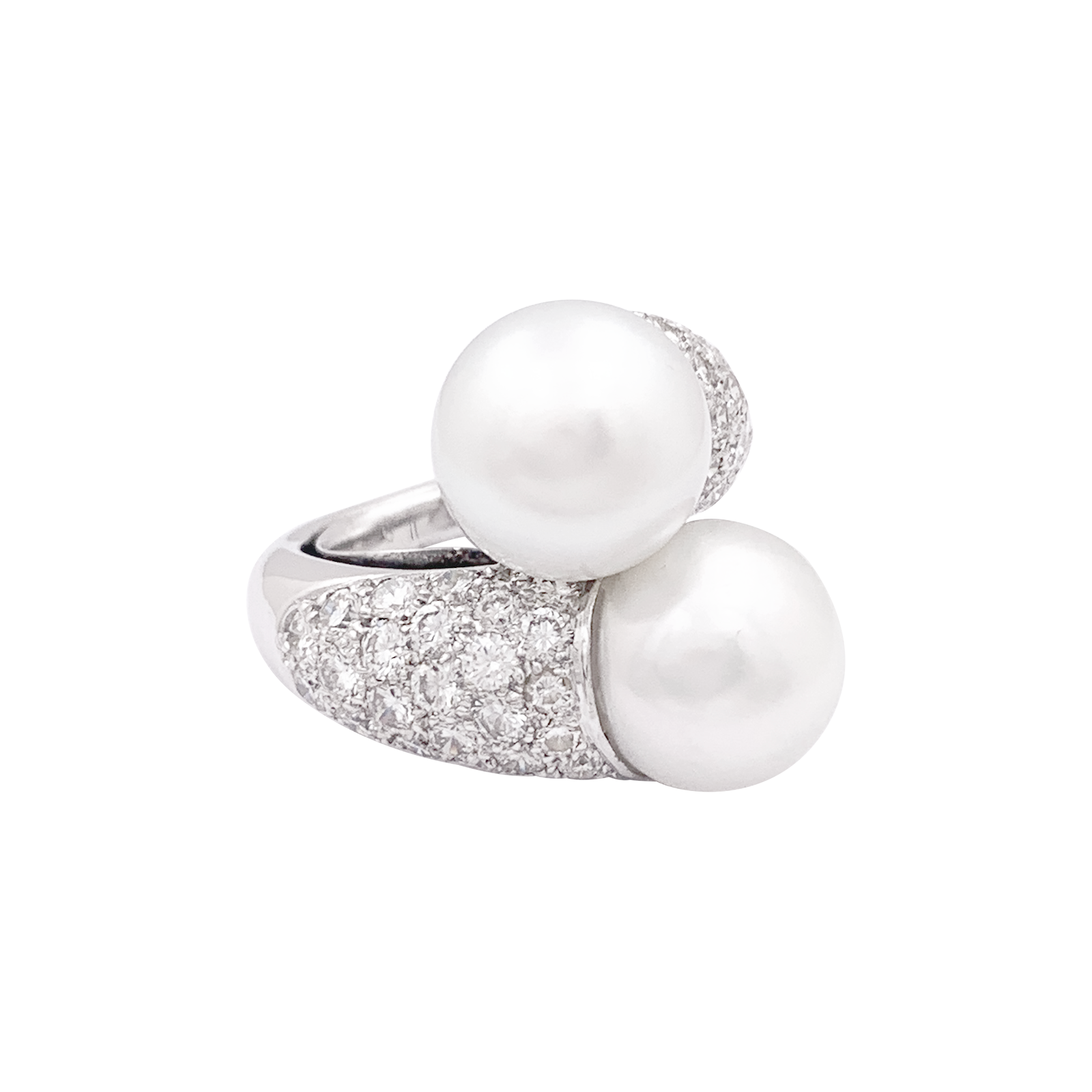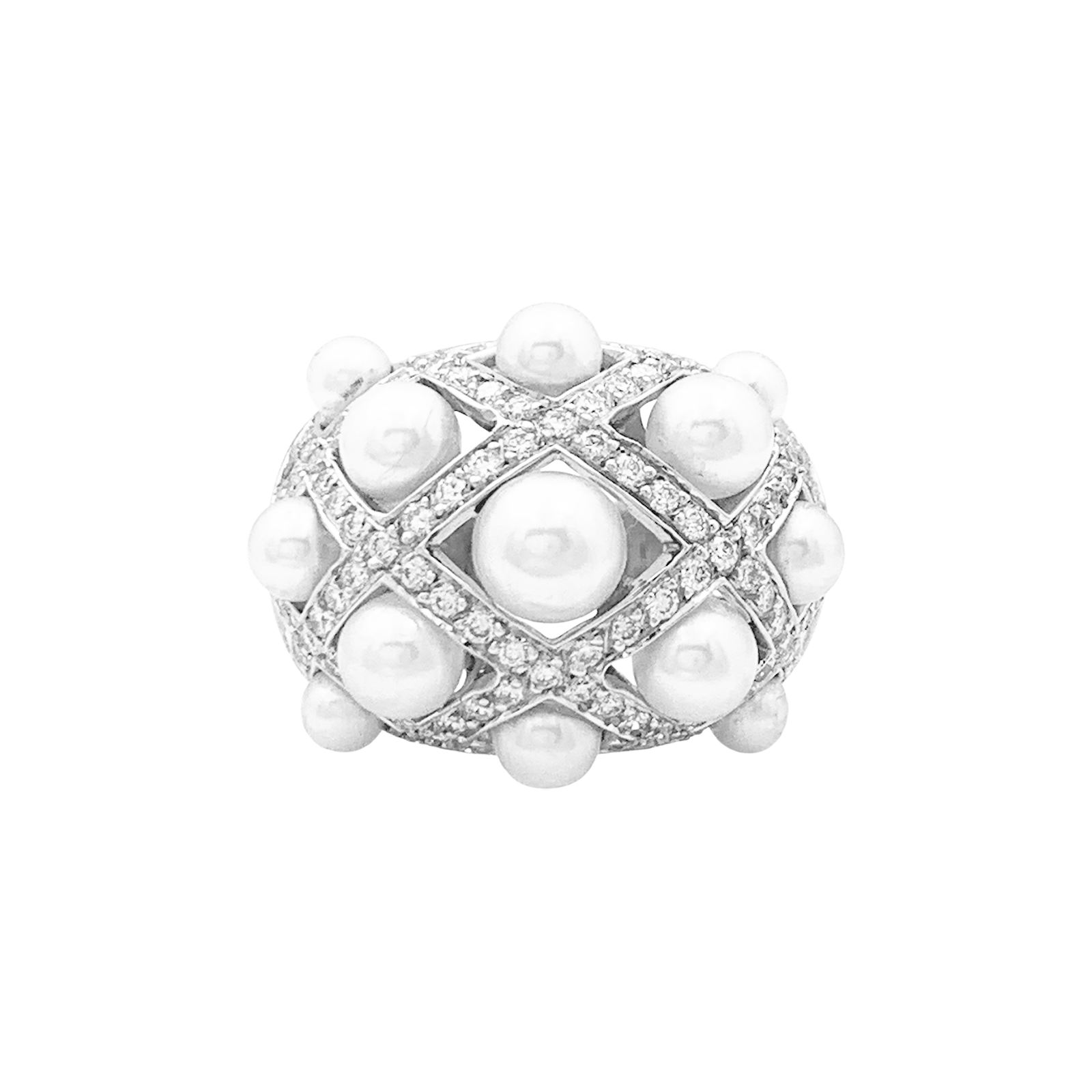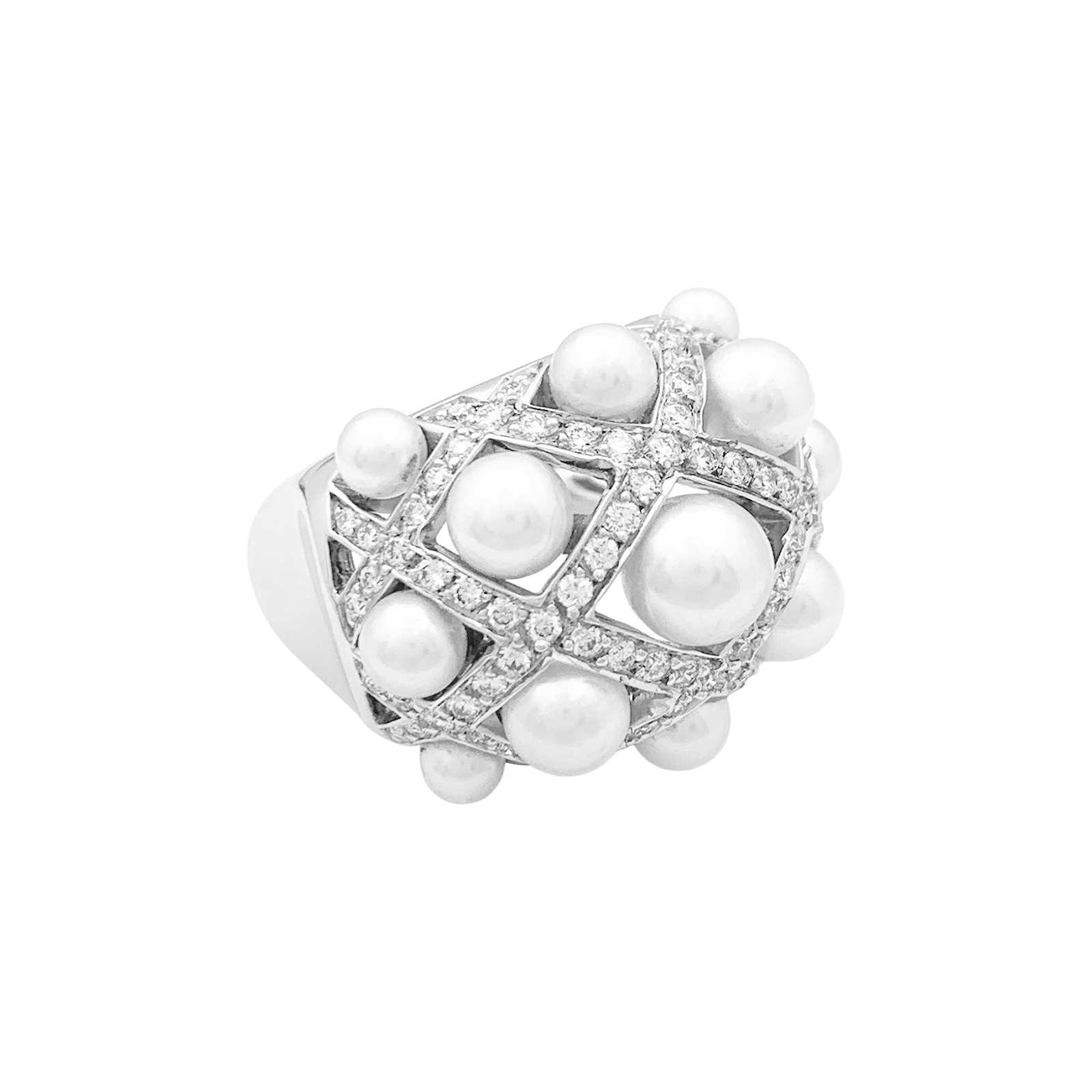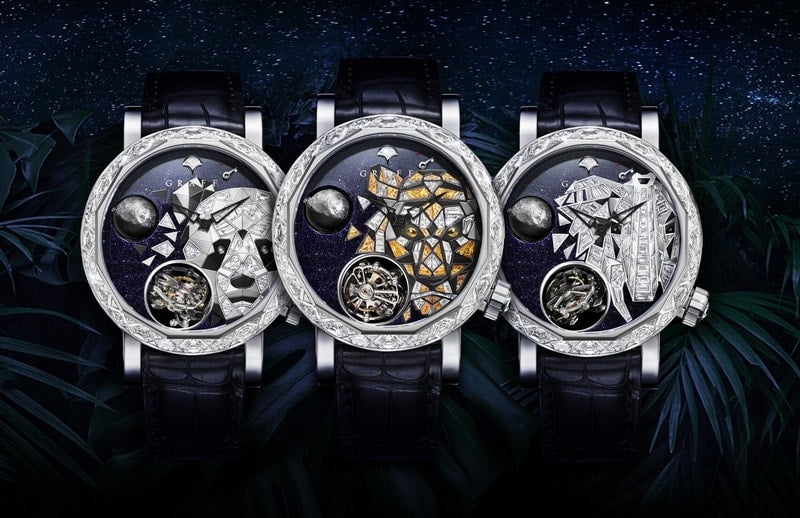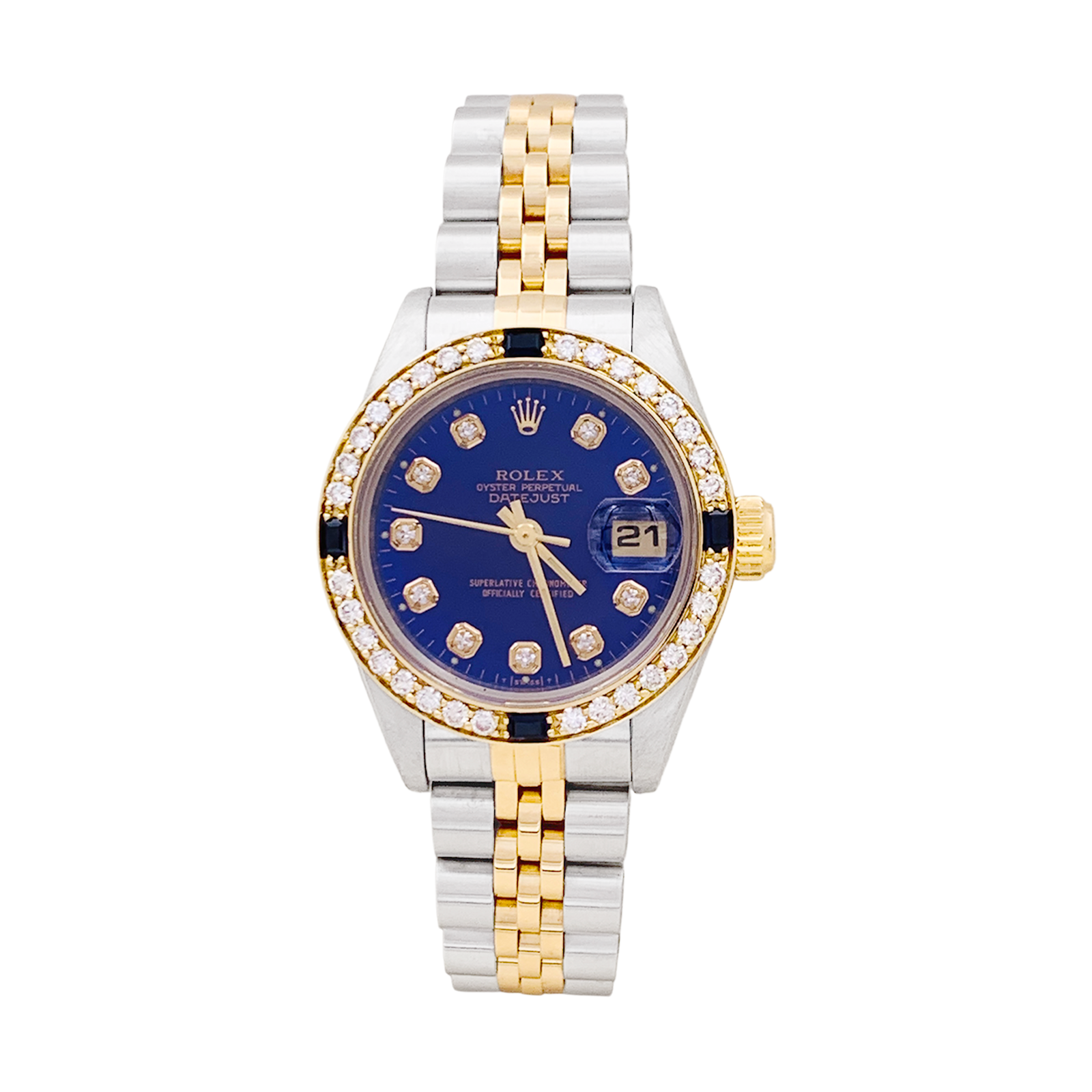
How do I know if my pearl necklace is valuable?
Pearls, a symbol of elegance for centuries, continue to fascinate lovers of luxury jewelry. However, assessing the value of a pearl necklace can be complex, as many factors influence its valuation. Here's everything you need to know to recognize real pearls and how to determine their price.
Understanding the nature of pearls: fine or cultured
The first criterion determining the value of a pearl jewel is the nature of the pearls themselves. There are two main categories:
Fine pearls
Coming from oysters, they form naturally without human intervention. These rare and precious pearls currently represent less than 1% of the market. A necklace of fine pearls can reach astronomical prices.
Cultured pearls
Obtained through human intervention, they are more accessible. Akoya, Tahitian and freshwater pearls dominate the cultured pearl segment. Each variant has its own specificities in terms of color, size and luster.
Key criteria for assessing the value of a pearl necklace
There are several factors that can help you judge whether a pearl necklace deserves luxury status or not.
The importance of the origin of pearls
The origin of pearls plays a crucial role in their value. Akoya pearls, cultivated in Japan, are prized for their brilliant luster. Tahitian pearls are distinguished by their dark, mysterious color, while South Sea pearls, produced around Australia and Papua New Guinea, are renowned for their impressive size and golden hue.
Pearl size
Larger pearls , larger than 8 mm, are generally more sought after. Tahitian pearls, for example, can reach impressive diameters.
Pearl shape
Perfect roundness is rare and highly prized. Baroque pearls, although less conventional, nevertheless seduce with their uniqueness.
Chandelier and Orient
An intense luster and a clear reflection of light on the surface are indicators of high quality. Orient , that subtle iridescence , also adds value. In Tahiti, the nacre layer must be 0.8 mm for the pearl to be sold.
Surface of pearls
Imperfections , such as spots or irregularities, decrease the value. A smooth surface is a sign of higher quality.
Color
Classic white pearls remain timeless and in demand. But rare colors like the deep black of Tahitian pearls or the golden hues of South Sea pearls are also prized in luxury jewelry .

Pearl Grading: A System for Assessing Pearl Quality
In jewelry, pearls are graded according to different criteria to assess their quality, such as the 4Cs of diamonds . The most commonly used grading systems include:
The ABCD system of Tahiti
This system, used mainly in French Polynesia, grades pearls on four levels of quality, with A being the highest . Grade A pearls have a near-perfect surface with exceptional luster, while grade D pearls have more imperfections.
The Asian AAA-AA-A system
Used primarily for Akoya and freshwater pearls, this system classifies pearls according to their roundness, luster, and surface quality . AAA pearls are considered the most valuable due to their perfectly round shape and intense luster.
Size classification
Pearls are also valued based on their diameter , measured in millimeters. Larger pearls, especially those larger than 8-10 mm , are the most valuable.
Authenticity: Distinguishing Real Pearls from Imitations
To ensure the value of your pearl necklace , it is essential to confirm their provenance and authenticity. Here are some simple tests to perform:
- Rub test : Gently rub two pearls together. If a fine powder appears, this indicates that they are genuine.
- Observation under light : real pearls have slight variations in color and a non-uniform surface, unlike synthetic pearls which are often too perfect
- Professional analysis : If in doubt, call an expert or a specialized laboratory for a thorough examination
Average price of a pearl necklace
The price of a pearl necklace varies greatly depending on the origin of the pearls, their size, the presence of precious metals ( pendant ), the House that designed it... An antique pearl necklace with historical value will also vary in higher ranges. However, here are some indicative amounts to give you an idea:
| Type of pearls | Average price (in €) | Main features |
|---|---|---|
| Natural fine pearls | 10,000 - 50,000 | Rare, naturally formed, highly sought after and expensive |
| Akoya pearls (cultured) | 500 - 5,000 | Small sizes, high luster, classics |
| Tahitian pearls (cultured) | 1,000 - 10,000 | Dark colors, medium to large sizes |
| South Sea pearls (cultured) | 2,000 - 20,000 | Gold or white shades, large dimensions |
| Freshwater pearls (cultured) | 200 - 2,000 | Variety of shapes and colors, accessible |
You can also browse our pearl jewelry for sale by clicking the button below:
Tips for preserving the value of your pearl necklace
- Regular maintenance : clean your pearls with a soft cloth and avoid contact with chemicals
- Proper Storage : Keep your pearl necklaces separate from other jewelry to avoid scratches.
- Certificate of Authenticity : If you are considering a sale, a certificate issued by an expert will increase buyer confidence.

